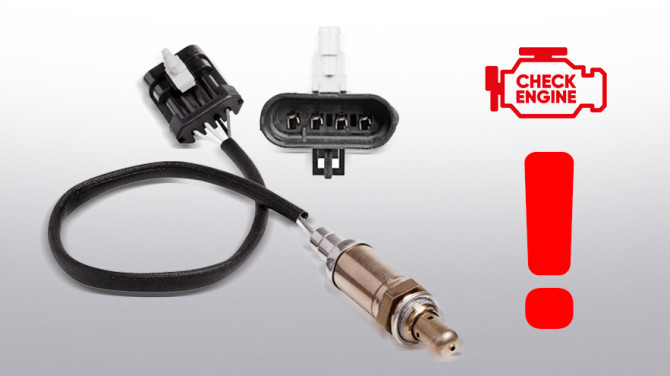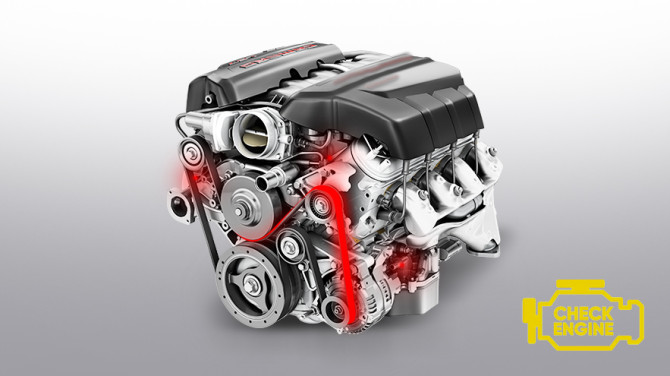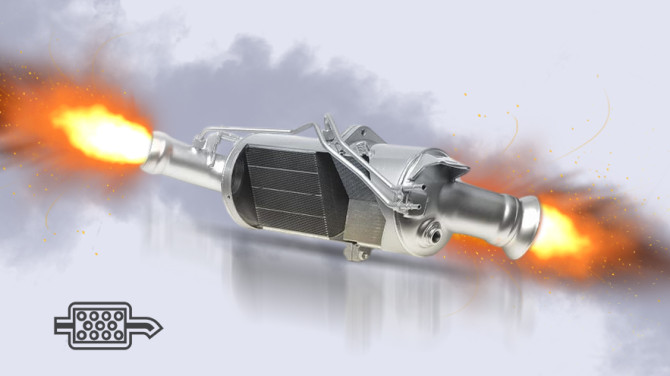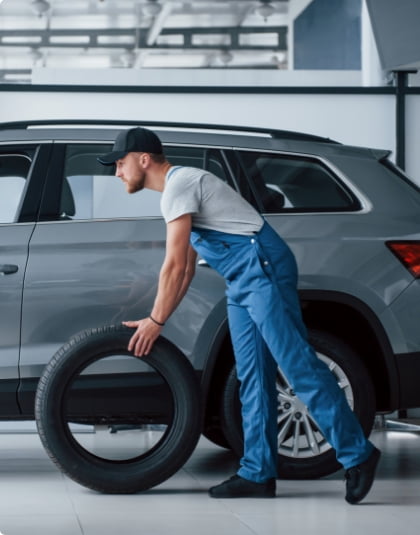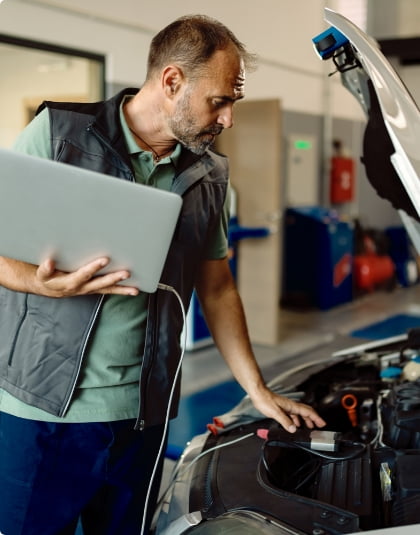Car chipping - what it is and whether it is worth doing. Advantages and disadvantages

Chip tuning is not only a popular, but also a fairly easy way to modernize an engine, which allows you to increase power and torque. Unlike traditional tuning methods, in most cases it does not involve installing additional parts under the hood, but is realized by reprogramming the electronic control unit (ECU). At first glance, chipping seems to bring only pleasure to the driver, and only benefit to the car. Let's find out if this is true.
What is chip tuning?
The main reasons for chip tuning for owners are the desire to make their car more responsive to the accelerator pedal, increase top speed, and reduce fuel consumption. Indeed, chipping is quite capable of dealing with all of these problems, and not individually, but with all of them together. This is done by using the hidden reserves of the engine, which are available in almost all modern cars - at least in those controlled by the ECU. The biggest increase (up to 50% and sometimes even more) is provided by chip tuning of turbocharged cars, but it is also possible to improve the performance of atmospheric cars by about 5-10 percent.
Where does this excess come from, which can be converted into horsepower and newton meters during tuning, and why is the engine not initially revved up to full throttle at the factory? Manufacturers typically program ECUs based on standard operating conditions to ensure versatility across regions, climates, and fuels. In addition, they often have to use the same engine model for completely different vehicles sold in different parts of the world. Modifying mechanical parts is costly; it is much easier to unify its production and “suppress” the engine with software.
The task of chip tuning is to remove the restrictions by adjusting the software, thus increasing engine power by releasing the engine's thermal and mechanical reserves. This is done by adjusting certain parameters. The programs with the modified data are loaded into the car's ECU. In relatively new cars, this is done through the diagnostic socket (OBD and CANBUS) or with the help of a programmer via the BDM port. In older cars, the process is more complicated: you need to solder and reprogram the EPROM memory chips or flash memory of the controller.
Stages of chip tuning
Chip tuning is divided into several levels depending on the degree of car modification:
Stage 1: This is a basic level of chipping that does not require mechanical changes to the engine or other vehicle systems. The software is adjusted to increase power and efficiency without compromising vehicle reliability. In essence, Stage 1 is what is usually meant by “chip tuning”. This stage is suitable for most car owners and is the most popular option.
Stage 2. At this stage, in addition to reprogramming the ECU, certain mechanical modifications are made, such as installing a more efficient exhaust system, advanced air filters, or turbochargers.
Stage 3. This is the highest level of chipping and involves significant mechanical changes, such as replacing the turbocharger, redesigning the cylinder head and valves, pistons, fuel system, etc. It is used to maximize power and is mostly used for cars that participate in competitions or motorsports.
During chip tuning (stage 1 and beyond), some of the calibration parameters stored in the ECU memory are changed. Which ones depend on the firmware, but usually the following settings are affected first:
- air excess ratio;
- gas distribution phases;
- bypass valve operation parameters;
- calibration coefficients.
The parameters of supercharged diesel engines undergo the biggest changes, and here is an incomplete list of the actual mandatory settings that are changed during the chipping process:
- gearbox shift time (if it is automatic);
- turbine operation limiters: pressure, duty cycle, etc;
- start time of fuel injection;
- Limiters of the main parameters: torque, temperature, smoke;
- throttle opening and sensitivity parameters;
- lambda probe monitoring algorithms.
- In addition, the set of chip tuning procedures may include such actions as:
- disabling the EGR valve;
- disabling the swirl flaps (Swirl flap);
- programmatic deactivation of the speed limit (VMax);
- deactivation of the Start-stop system, etc.
The correct process of preparing a vehicle for chip tuning should look something like this:
- Diagnosing and identifying possible errors and malfunctions.
- Measurement of speed and power characteristics with the standard ECU settings.
- Development of the appropriate (optimal) firmware version.
- Reflashing the software.
- Testing the car on the test bench.
After that, the driver is given a certain amount of time to assess whether the desired result has been achieved. In this case, the reprogramming and software change stages can be repeated several times to make the final version of the firmware that will take into account all the shortcomings noted by specialists or the driver. A good tuning center will also give you a guarantee and even refund the money spent if you are not satisfied with the quality of the work performed.
Advantages and disadvantages of chip tuning
Although chipping a car may well bring tangible positive results, owners need to remember that this procedure is not a panacea. Power and efficiency reserves do not come out of thin air, and you will have to pay for them with other risks.
Pros and cons of tuning:
| Advantages | Disadvantages |
| Increased power and improved dynamics. The car becomes faster, acceleration is more elastic, and the handling is more pleasant. | Possible reduction in engine life. Increasing power through software changes may increase the load on the engine, turbine, and transmission. This can lead to faster wear of parts. |
| Improve fuel efficiency. Properly performed chipping can reduce fuel consumption, especially if the driver adheres to an economical driving style. | Loss of the manufacturer's warranty. If the car is still under warranty, chipping can lead to its cancellation. Manufacturers may refuse warranty service due to changes in factory settings. |
| Adaptation to individual needs. Chip tuning allows you to customize the car to meet the specific requirements of the driver: for example, to remove the maximum speed limit or improve the behavior of the car when towing a trailer. | Risk of errors in the settings. Incorrect or incorrectly performed chipping can lead to serious engine problems, including instability at idle speed, fuel consumption, or even complete breakdown. |
| Environmental friendliness. In some cases, engine reprogramming can reduce the amount of harmful emissions into the atmosphere. | Dependence on fuel quality. After chipping, the engine may require the use of only high-quality fuel. For example, if the settings are optimized for high octane gasoline, refueling with low-quality fuel can cause detonation and damage to the engine. |
Despite the fact that the disadvantages of chip tuning look rather frightening, you should not be afraid of this procedure. As a rule, serious troubles happen only when people with a lack of experience or equipment are engaged in chipping. If the chip tuning is carried out by real professionals, such as STS employees, there should be no problems.
Chip tuning methods
There are several basic chipping methods that are used depending on the goals and technical capabilities of the vehicle:
- ECU reflashing (also called OBD tuning or software method). The most common method that involves replacing standard software with an optimized version. It is used to increase power, reduce fuel consumption, or other engine parameters.
- Connecting “firmware boxes” - Piggyback or Powerbox. This method involves installing an additional module between the sensors and the control unit that changes signals without flashing the ECU itself. It makes sense only in the case of serious modifications with which the electronics of the native unit are not compatible (installation of supercharging on an atmospheric engine, installation of additional fuel injectors, change of the injection system, etc.
- Stand-alone (separate control unit). A complete replacement of the standard ECU with another one that performs all the functions of the native one plus has advanced features. It is mostly used when a road car is completely converted to a sports car (circuit, rally), where a wider range of customization and diagnostics is required.
Since during everyday use, it is not so much power and dynamics that are important as the balance of user characteristics: fuel consumption, pedal response, driving comfort, and solving existing problems without purchasing new ones, most car owners do not need to make major changes. The first method, flashing the regular engine control unit, will be enough for them.
Does chip tuning pay off?
The table below shows how the car's performance changes after chip tuning (Stage 1). The changes are shown for some of the most popular cars.
Model | Original power, hp | Power after tuning, h | Increase, hp/%. | Original torque, Nm | The moment after tuning | Increase, Nm/%. |
| Audi A7 4G 3.0 TDI | 204 | 266 | 62/30 | 450 | 545 | 95/21 |
| Audi A6 C6 2.7 TDI | 180 | 227 | 47/26 | 380 | 446 | 66/17 |
| BMW 3 F30 (FL) 320i 2.0 | 184 | 238 | 54/29 | 270 | 358 | 88/33 |
| Ford Fiesta VII FL 1.5 TDCI | 75 | 90 | 15/20 | 190 | 220 | 30/16 |
| Kia Ceed II 1.6 T-GDI | 204 | 246 | 42/21 | 265 | 339 | 74/28 |
| Skoda Fabia III 1.2 TSI | 110 | 125 | 15/14 | 175 | 200 | 25/14 |
| VW Passat B8 2.0 TDI | 190 | 219 | 29/15 | 400 | 459 | 59/15 |
Thus, it can be seen that the average increase in power after chipping the car is 22 percent, and torque - 20.6 percent. Of course, this is a real gain, and drivers will be able to feel and appreciate it.
Is chip tuning legal
Chipping is not an intervention in the design of the vehicle, it uses the power reserves that were left by the manufacturers, so there is nothing illegal in this operation. However, if they or dealer organizations find traces of chip tuning, they can cancel the warranty on the car. However, this is possible only in theory - in fact, it is actually unrealistic to determine the presence of an updated program in the ECU of the car even with the help of diagnostic devices. Besides, all settings of chip tuning are reversible - that is, if desired, the control unit can be returned to factory settings.
Is chip tuning safe
The main risk of chip tuning is that unskilled intervention can cause damage to the engine or other systems of the car. For example, excessive power increase without taking into account the engine's capabilities can lead to premature wear, and the use of pirated or unprofessional software often leads to malfunctions in the car's systems. Problems can also arise from a lack of diagnostics before chipping. This can hide existing problems that will worsen over time.
Signs of a professional approach to chip tuning
Choosing a workshop for ECU flashing is not easy. It is necessary to apply to a place where:
- before making any changes, a full engine diagnostics is carried out, which makes sure that the car is technically sound and ready for changes.
- use an individual approach and adapt (or even better, specially write) firmware for a particular model of car, taking into account the operating conditions, the current state of the engine and the wishes of the owner.
- use quality equipment and work with certified tools and programs, which reduces the risk of damage to electronics.
- provide a warranty on the work performed, which is a confirmation of the high quality of services.
In our company STS any work on chipping and increasing engine power takes minimum time and is done within one working day. We are fully responsible for the changes, as we are engaged in editing software, have experience in the implementation of non-standard solutions and use professional equipment. We carry out input and output control of all systems of the car before and after the services. We offer our customers a test period of 2 weeks and a lifetime warranty on the software.
